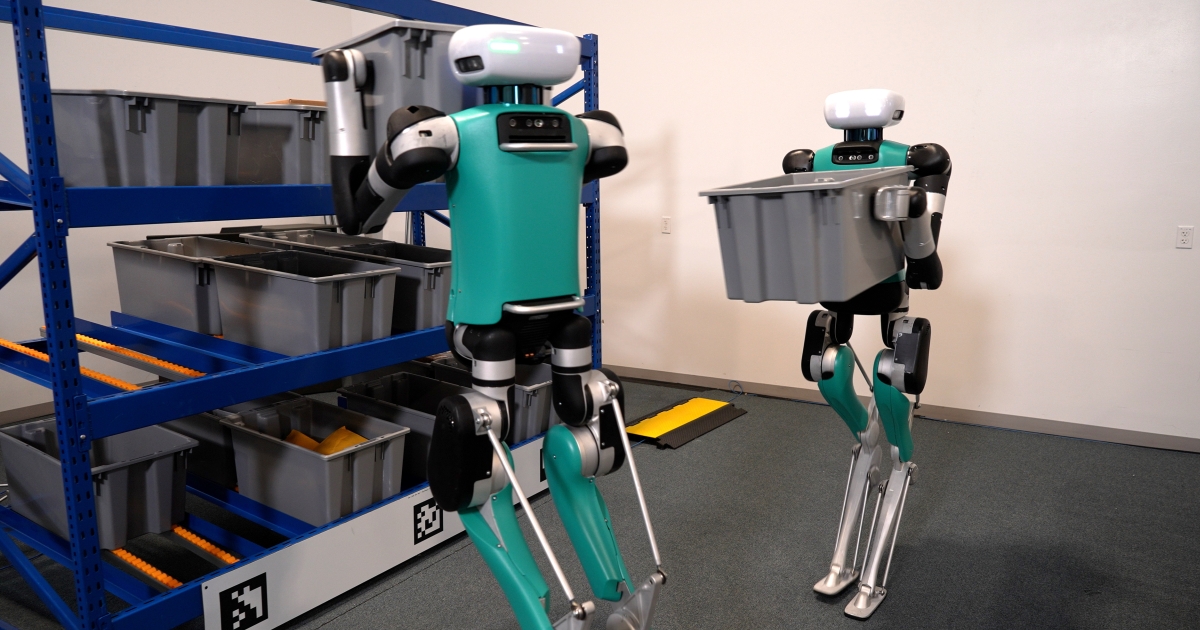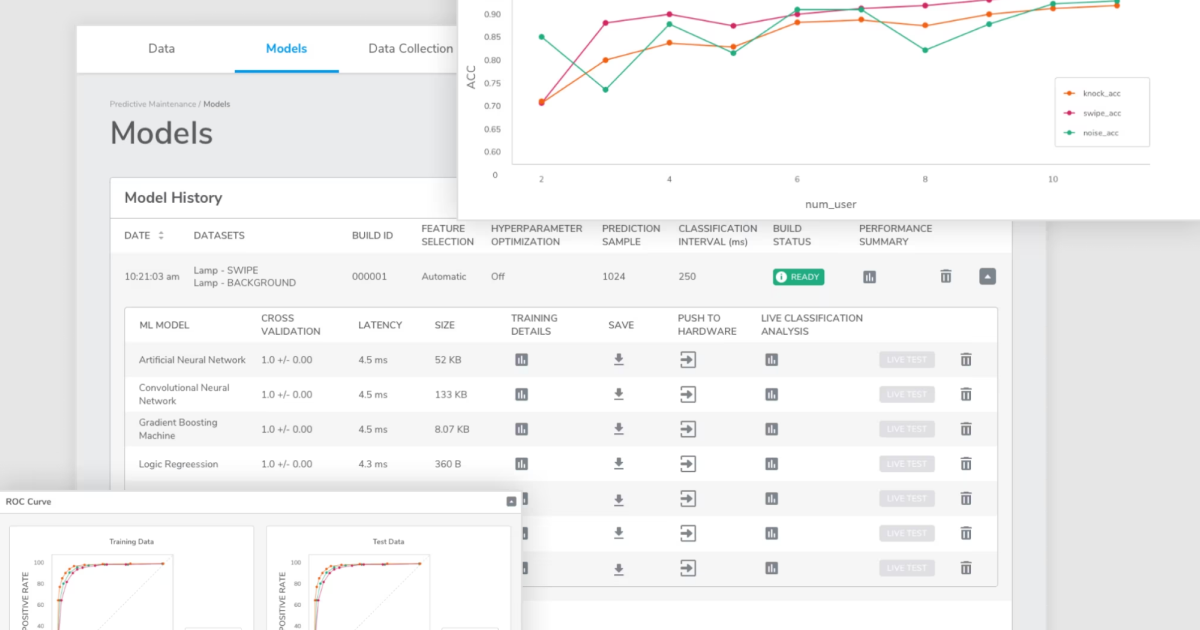The Industrial Internet of Things (IIoT), is quickly becoming the new standard for data collection, data analysis and hardware connectivity in manufacturing. Although much of the technology driving the IIoT is still in its earliest stages of development and implementation, its potential to transform the industry has already earned the IIoT the nickname of Industry 4.0. Not only does it lead to increased productivity, efficiency and competitiveness, but it can also help you trim some of your operational costs.
How to Save Money With the IIoT
Some manufacturers shy away from the IIoT due to the initial investment of time and money. While there is a lot of planning and work involved, you can take advantage of many different options to increase your operational efficiency and lower your day-to-day costs.
Utilize Smart Meters: Although there are a lot of complaints around smart meters installed in the home, they do provide numerous benefits; especially to the modern factory or manufacturing plant. Smart meters provide almost real-time reporting on metrics like total energy consumption and the total cost you’re paying for electricity. They can even identify grid shortcomings and other inefficiencies, which ultimately lets service providers improve their infrastructure in the future.
One manufacturer, located on the East Coast, manufactures enough smart meters to cut electricity usage by almost 2 million megawatt hours on an annual basis. This is more than enough to provide power for 52,000 homes throughout an entire year.
Smart meters even help the environment. The decrease in overall electricity consumption and demand eliminates the need for new power plants while simultaneously reducing our nation’s dependency on the old, inefficient power plants we currently maintain. Consumers end up paying less while minimizing their carbon footprints and helping to preserve our environment.
Identify Hardware Inefficiencies: The typical manufacturing plant features a lot of different hardware and machinery. Unexpected malfunctions are not only costly, but they could be hazardous to the safety of any employees on the factory floor. Not only does the IIoT identify hardware inefficiencies and potential risks, but next-gen systems automatically shut down machines to perform predictive maintenance and prevent even longer downtimes.
Many factories utilize large-scale steam traps on a day-to-day basis. Just one malfunctioning steam trap wastes as much as $30,000 per year, but IIoT monitoring – via wireless acoustic transmitters – lets employees monitor this hardware more directly and efficiently.
Others rely on backup generators to provide electricity in the event of a sudden power outage. It’s sometimes difficult to determine the right size generator for your factory, but the data collected through the IIoT makes it easier. Not only does it provide you with figures regarding your actual power consumption, but some systems can identify wasted power, too.
Control the Temperature: Many homeowners use smart thermostats to moderate the temperature in their homes, but these devices are useful in the factory, too. According to OSHA, the ideal temperature when working indoors is between 68 and 76 degrees Fahrenheit with humidity ranging from 20% to 60%. These standards are easy to achieve with smart thermostats and other connected, IIoT-driven devices.
Whether you’re on the factory floor or working within a formal office setting, the interior temperature has the potential to impact productivity. According to a recent report, half of all respondents are unhappy with their workplace temperature multiple times per month. The same report suggests that most employees expect improvements in both productivity and morale when they’re given control over the interior temperature at their job.
You can also moderate your factory’s temperature by running some equipment during off-peak power hours. Smart appliances already do this in consumer households around the nation, so it makes sense for factories and plants to follow suit. If a particular machine tends to run hot and heats up the entire facility, consider operating it during the nightshift. Apart from lessening the load on your local power grid, this also spares employees from working around hot machinery on those warm summer days.
Maximize Your Savings with Next-Gen Hardware
Despite the usefulness and efficiency of the IIoT, there are still some traditionalists that are set in their ways. Once they begin to realize how much they can save – in the way of operational costs and by mitigating downtime and lost productivity – many embrace the IIoT with open arms. Those who hesitate to implement the IIoT might find it difficult to compete in the coming years.
Edited by
Ken Briodagh





